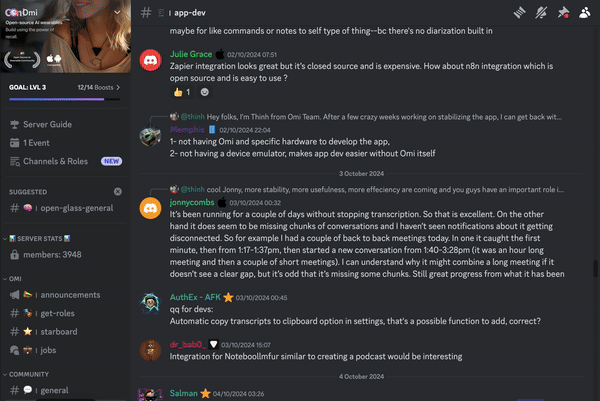Install Required Library
- Use the `slack_sdk` Python library to interact with the Slack API. Ensure your environment has this library installed. If not, install it using pip:
pip install slack_sdk
Generate a Slack Bot Token
- Obtain a bot token from your Slack App configuration. This token is necessary for authenticating API requests. Navigate to the "OAuth & Permissions" section in your Slack App settings to generate and copy your bot token.
Set Up Environment Variables
- Store sensitive data like your Slack bot token in environment variables to keep your code more secure. Create a `.env` file or configure them directly in your IDE or OS environment settings.
- Example for a `.env` file:
SLACK_BOT_TOKEN='your-slack-bot-token'
SLACK_CHANNEL_ID='your-channel-id'
Create a Python Script
- Start by importing necessary libraries and loading environment variables:
import os
from slack_sdk import WebClient
from slack_sdk.errors import SlackApiError
from dotenv import load_dotenv
load_dotenv()
slack_token = os.getenv('SLACK_BOT_TOKEN')
channel_id = os.getenv('SLACK_CHANNEL_ID')
client = WebClient(token=slack_token)
Write a Function to Send Messages
- Define a function that uses the Slack API to send a message to your desired channel.
def send_message_to_slack(channel, text):
try:
response = client.chat_postMessage(channel=channel, text=text)
assert response["message"]["text"] == text
except SlackApiError as e:
print(f"Error sending message: {e.response['error']}")
Send a Test Message
- Invoke your function with a sample message to ensure it works correctly:
if __name__ == "__main__":
send_message_to_slack(channel_id, "Hello, world!")
Implement Error Handling
- Enhance the robustness of your function by handling potential exceptions. Use `SlackApiError` to catch specific errors returned by the Slack API.
- Consider implementing logging for more detailed insights if debugging issues in production environments.
Run Your Script
- Execute your script to verify it sends messages successfully to the Slack channel. Cross-check the channel for confirmation.
python your_script_name.py
Conclusion
- By following these steps, you can seamlessly integrate Slack’s API to send messages using Python. This integration is highly scalable and can be adapted for more complex interactions like sending attachments, blocks, or handling interactivity.
























